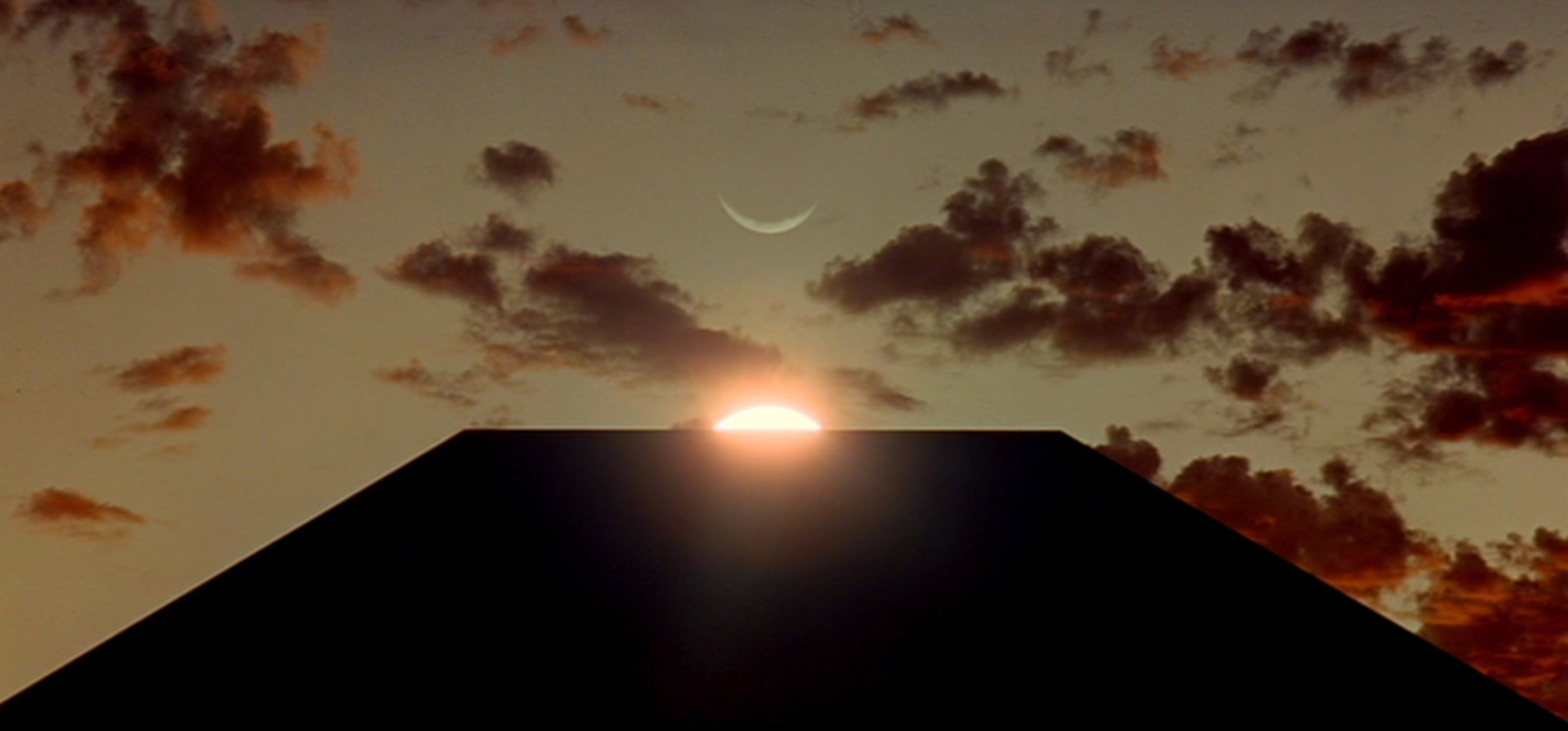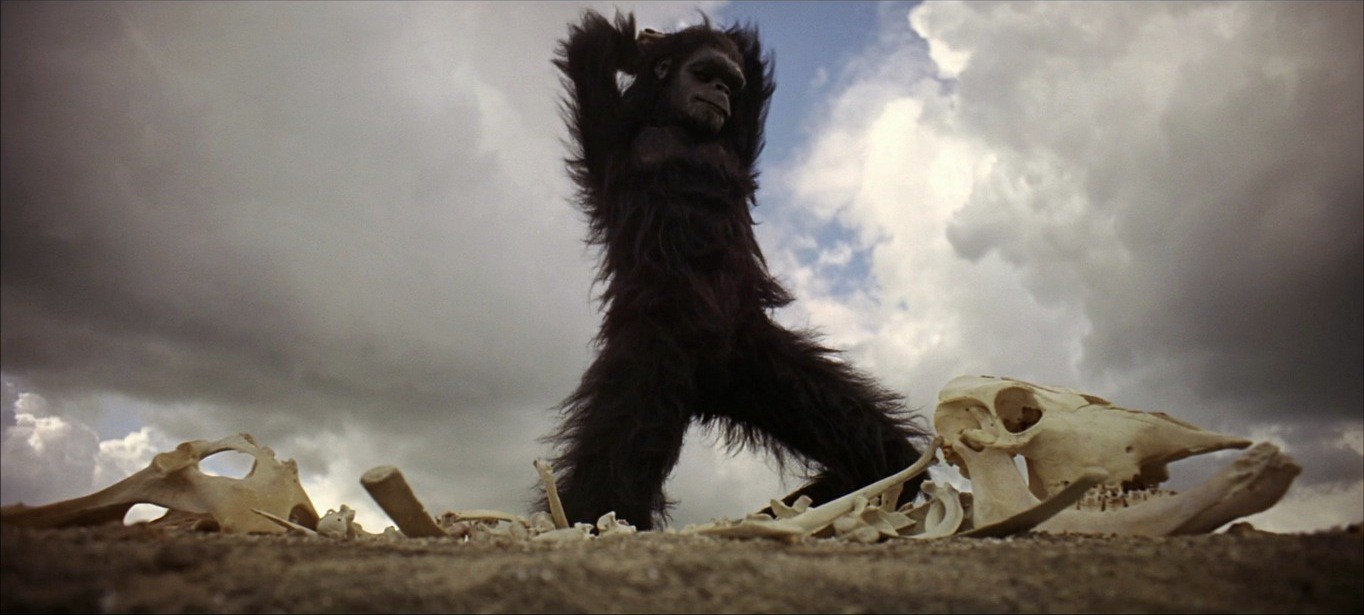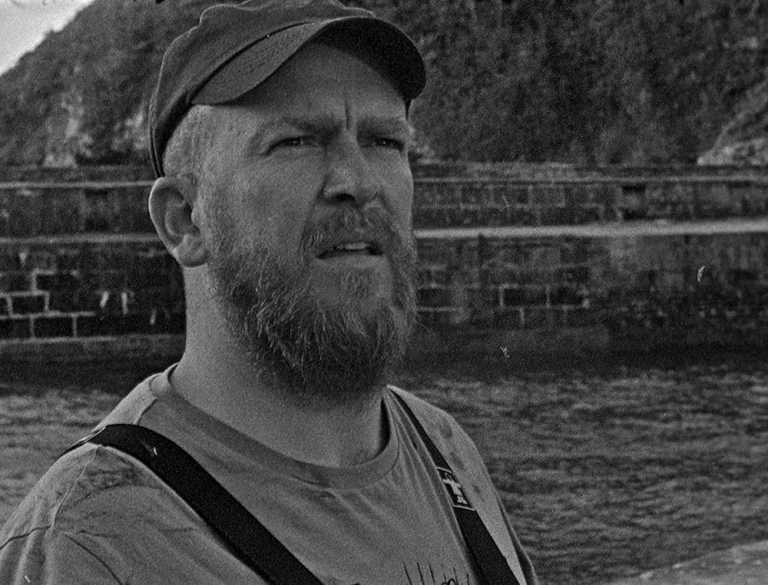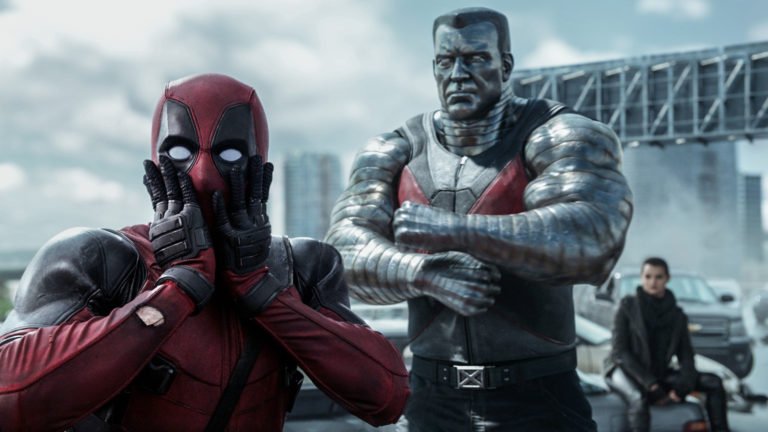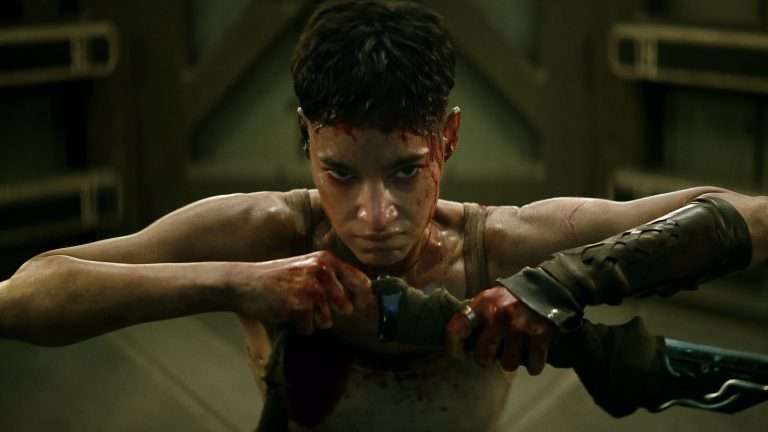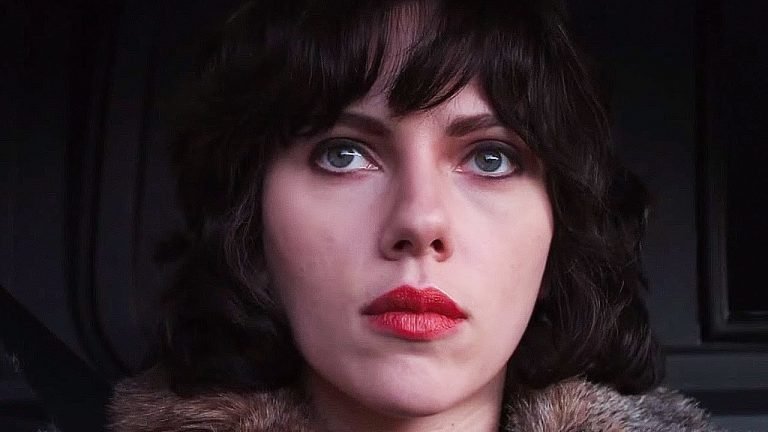2001: A Space Odyssey is a sci-fi film directed by Stanley Kubrick, widely received as an auteur and a maverick in cinema history. Many perceive it as his magnum opus and as one of the greatest achievements in modern art history. Released in 1968, it was revolutionary for its time and, like only a handful of great films, has stood the test of time and still is as visionary and innovative as it ever was and will be. While its enthralling special effects and entrancing cinematic world are something that leaves people in awe, it is primarily the richness in themes, ideas, and profundity that propelled its journey agelessly.
Related to 2001: A Space Odyssey – All Stanley Kubrick Movies Ranked From Great To Greatest
This article aims at exploring the visual language, depth, and vision that Stanley Kubrick displayed in this film. It focuses on the filmmaker’s vision that can solely be yielded through no other art form but film grammar, in a dialect of Kubrick’s own. This write-up attempts to shed light upon why, despite countless films of the same genre, 2001: A Space Odyssey stands isolated and tall, with its peak clouded, mystified, and untraced.
2001: A Space Odyssey – Visual Analysis & Theme Explained
Head – The Eternal Hunt of Mankind
It is a gradually slurping gargantuan symphony that envelops a dark, spotless vacuum on the film screen of a Stanley Kubrick composition. It is haunting and pervasive; it is everything and more.
When it comes to art being grandiose, challenging, evocative, and a gigantic teleological spectacle, there is no mortal entity that shines brighter than Stanley Kubrick.
Expression through the ages of evolution has had different mountain ranges expanding worldwide with differential artistic pinnacles. From carvings, literature, and paintings to architecture, dance, and music, the medium has had different forms and trajectories, both as residents and migrants to different artistic terrains intermingling with one another in fleeting yet definitive and distinctive sociocultural climates.
Although exclusive in its holistic nature and derived experience, cinema formatively evolved as an amalgamation of other forms of art. Seemingly, at the shores of biological and sociocultural evolution, Cinema was birthed into the Modern Age, and its tools were fully manufactured and conceived at the inception of the ongoing Contemporary Age. In this era of modern art and aesthetics illuminated by comprehensively realized visual expression and world-building, Stanley Kubrick is a civilization of his own, the creator of majestic monuments in his half-a-century-spanning filmography.
Stanley Kubrick is a visionary, not just qualitatively but more so by definition. He was an artist with a gift of incantation, casting spells through a cinematic language uniquely his own. A language with a viciously powerful nucleus that pulls imaginative ideas and enthralling questions to its own gravity. His films overarchingly delve into exigent magnitudes of the human psyche through a lens cinematically singular to only him—a filmmaker with multiple works of colossal significance.
Barry Lyndon, A Clockwork Orange, Dr. Strangelove, The Shining; are films whose reverberations are and will perennially be echoed for their ageless radiance that ceaselessly dazzle as they traverse through time. And amidst numerous skyscraping classics and immortal celestial masterpieces in the cosmos of cinema, Stanley Kubrick is the Amun Ra, and 2001: A Space Odyssey is his gawking pyramid. It is where the idea of a miracle, a spectacle, was born. Not just born; it was nurtured and peaked. And at the very foothill of cinematic innovation and timeless wonderment, we witnessed the eternal hunt of mankind, 2001: A Space Odyssey.
The Dawn of Man
The aforementioned composition opens up to an eclipse aided by a blood-curdling symphonic crescendo that surrenders to a quiet dawn on Earth at the genesis of human life. The first chapter, The Dawn of Man, displays groups of peevish apes and animals carving a living on rocky, barren lands. The region is arid, placid, and uneventful, so much so that the silence and insignificance at the inception of a new world such as this are deafening. The days are violent, and the nights are violet. They sit, fight and hunt at days and squeeze under rocks at night.
Everything is inconsequential until a big black slab of enlightenment cements itself in the middle of their livelihood. The first rays of the sun hit the slab, and it is never dark anymore, ever. The apes fumble across the decays of an animal corpse and discover the single most transforming tool to aid their belligerence, which trembles the systems of nature. A bone that signifies strength and authority and percolates fear; it dismantles the chain of command, and most importantly, it makes a difference. It goes piercing through the air, fighting gravity, as a triumphant memento, a declaration for the ages to come. The bone that takes off of Earth and metamorphosizes into a satellite in space, from revelation to reality, the dawn of man.
The enormous shafts of the haunting and magisterial orchestra in the opening sequences of the film shift to choral radio symphonies. Life seems to have organization and purpose. We communicate through language derived from intelligence and developed vocal anatomy. Over the course of thousands of years, we invariably understand space and silence among one another and spontaneously recognize secrecy and kinesics very organically; on the whole, we have come to terms with the existence of one another.
Dr. Floyd calls his little daughter from a few thousand miles away, wishing her a happy birthday before leaving for Clavius. In a series of fascinating sequences of life in space, gliding frames that encapsulate floating objects and people, accompanied by a warm and genial orchestral composition, juxtaposed with the opening sequence of a perilous Earth with haunting horns and treacherous trumpets wallowing in the background. It very subtly poses a question: what is home?
At the meeting, Dr. Heywood Floyd addresses the personnel to ensure the secrecy of their recent discovery on the moon. On their way to the lunar crater, befriended by ominous dark wave vocals, we witness the same barren topography from millions of years ago and the monolith deliberately buried millions of years ago. The score keeps surmounting upon the pensive feet of Dr. Floyd and company. They glance at the monolith, mystified at the look of it, surround it, and touch it with perplexed hands, like the apes millions of years ago. The first rays of the sun hit the monolith that supposedly sends radio transmissions aimed at Jupiter.
The Jupiter Mission

Kubrick very effortlessly explores the scope of Artificial Intelligence revolving around human psychology. In a poignant sequence of Dave disconnecting Hal, his final interaction with Dave is a song, symbolizing sentience and evoking emotions and thoughts. Like the phosphorescent shafts of light in Jupiter And Beyond the Infinite, it is a series of bewildering questions shooting at the speed of light.
Beyond The Infinite
2001: A Space Odyssey has a skeletal plot, fleshed out by its visceral elements and thematic elegance, not within the narrative but through eloquent sound design and immaculate framing. The film is always drifting away from its cerebral orbit to enhance its visual orientation- it floats with gravity capturing movements in entirety- a pen hovering, people approaching, running, and eating. The film breathes when the astronauts leave in their pods and stargazes during transitions. Beyond the infinite, the monolith gradually ceases to reflect any light and descends into darkness. Stanley Kubrick undocks from the narrative completely, diving into an experience of transcendence.
In a dreamy and empyrean ocean of complexions, from dystopian cyberpunk shades to fluorescent earthly landscapes, Dave collides in a room that mirrors his own mortality and senescence. He sees himself eat, sleep, die and being reborn as a baby. A baby in the bubble of outer space with eyes wide open, gazing at Earth and eventually at you.
The Eternal Hunt
A Space Odyssey is a dreamer, albeit a slow and composed dreamer, that engulfs the universality of all life- the fantasies, the wilderness, the galactical astonishments, the nonchalant doldrums, and the eventful stardust in the nebula of vicissitudes and monotony. It is a steadily approaching apocalypse, desperately waiting to pour and, in its denouement- a raining cosmogenic bedazzlement.
2001: A Space Odyssey stretches across an inconceivable timeline, from a distant past to a distant future, displaying our unsurmountable sense of imagination. It contemplates upon the nature of humankind, from a hunter of food in prehistory to a hunter of the reason for eternity. Our intelligence has handicapped our independence, with aeons and aeons of transformation, yet, the monolith is beyond perception, the AI beyond control, the idea of home still conflicted, and the meaning of life still unanswered. The film is a cold and glacial rumination that protects ambiguity and respects the sheer density of it. The director, the characters, and the viewers are all enactments on the same existential boat, gliding through anonymity irrespective of time.
The demeanor in which it detaches from the plot in the film’s final moments displays the incongruity of existence. A film that thoroughly follows a thin plot and walks on it very minimalistically, keeping it as clean and contained as possible while adding weight to every stride visually and thematically rather than literary. The relentlessness of human nature, the downright desperation of desire and want, the dismantling of an animal to bulldozing an entire planet and beyond, it has been adventurous. Yet, the thirst for meaning is unfulfilled, and the hunt is endless. It is eternal. After projecting a universe of enchantment, repulsion, and ideologies, the final image is of near-nothingness or maybe everything. It is absolution in absurdity.
Directed and Produced by Stanley Kubrick.

